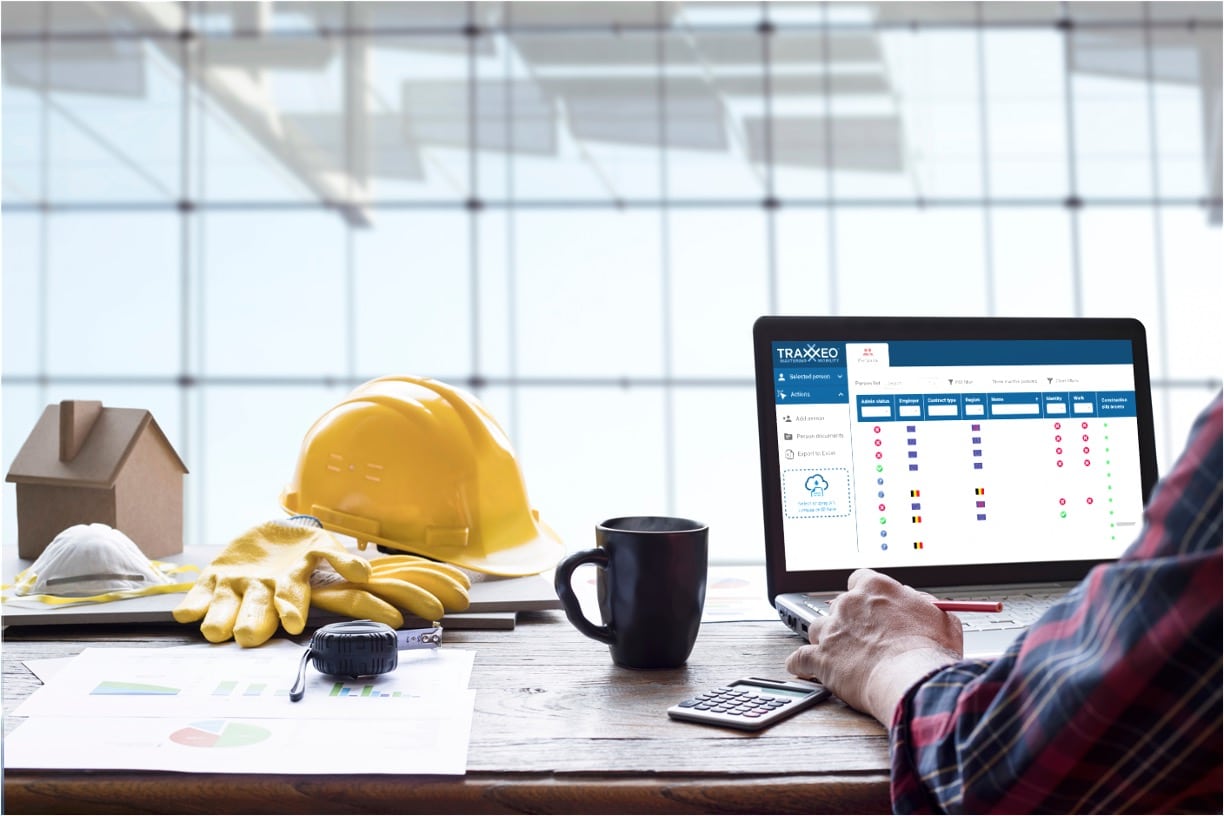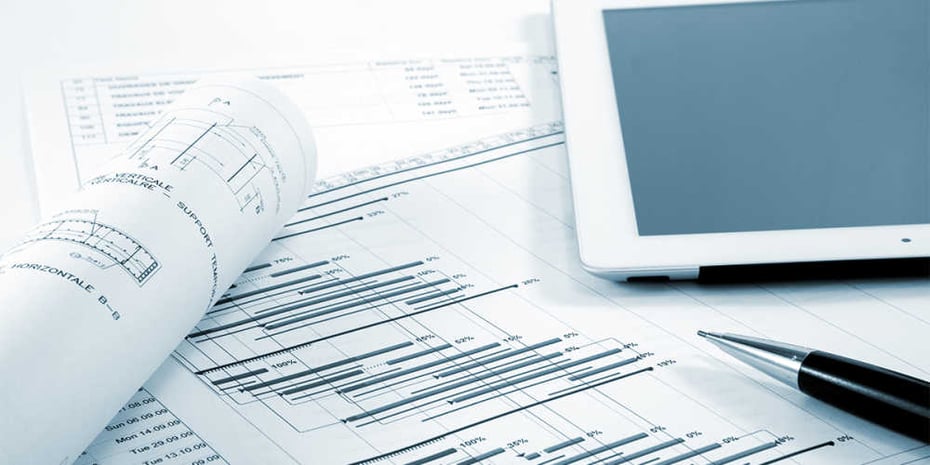Understanding Company: Enhance Efficiency with Construction Document Management
Wiki Article
Enhancing Process Effectiveness: Designer's Specialist Methods for Building And Construction Record Administration
In the world of building style and building, the careful administration of papers stands as a foundation for task success. These strategies not only ensure smooth project development yet additionally hold the crucial to opening improved productivity and precision in the elaborate realm of construction document management.Trick Record Company Methods
When handling building documents, among the crucial strategies that engineers utilize is establishing a systematic and efficient organization system. This system normally includes categorizing records based upon their kind, such as drawings, specifications, agreements, and allows. By creating clear and distinctive classifications, architects can promptly find specific information when required, saving time and minimizing mistakes in the building procedure.Within each classification, engineers further organize papers by making use of or developing subfolders numbering systems to denote variations or alterations (construction document management). This ordered framework ensures that the most relevant and present info is quickly obtainable while keeping a document of adjustments made throughout the project timeline
Furthermore, architects typically use digital document administration platforms that provide attributes like keyword search features, version control, and gain access to limitations to improve organization and collaboration among job stakeholders. These devices improve the file access process, promote real-time updates, and help with smooth communication, ultimately adding to the overall success of the building project.
Collaborative Platform Integration
To enhance paper administration effectiveness in construction jobs, designers perfectly integrate joint systems to improve communication and simplify sychronisation among task stakeholders. By leveraging joint platforms such as job management software program, cloud-based storage space systems, and communication devices, designers can create a central hub for all project-related documents and interaction channels. These systems permit employee to access, testimonial, and work together on documents in real-time, lowering delays and the threat of errors associated with conventional document management methods.Collaborative platform combination additionally fosters transparency and liability within the task team, as all stakeholders have exposure right into the current job updates and alterations. By systematizing communication and file sharing, designers can make certain that all staff member are working from the most current details, minimizing the possibilities of misconceptions or disputes emerging due to outdated documents.
Moreover, collective platforms allow smooth partnership in between designers, service providers, customers, and various other task stakeholders, advertising an extra natural and efficient job process. By breaking down communication obstacles and helping with info exchange, architects can drive productivity and development in building projects, ultimately leading to effective job results.
Version Control Best Practices
Implementing reliable variation control methods is important for preserving file accuracy and uniformity in building jobs. By establishing a clear system for managing revisions, task teams can guarantee that everyone is functioning from the most up-to-date documents, minimizing the risk of mistakes and disparities during the construction stage.One of the key ideal methods for variation control is to designate unique identifiers per paper version. This can be achieved by utilizing a numbering system or day stamp that clearly shows the order original site of modifications. By plainly identifying each model, employee can conveniently track the progression of the record and identify one of the most current variation.

Automation Tools for Efficiency

File control software application, like Procore or PlanGrid, systematizes task documents, making it conveniently obtainable to all stakeholders. These systems allow for real-time partnership, version control, and automated backups, protecting against data loss. Additionally, Building Information Modeling (BIM) software application automates the generation of building and construction illustrations and makes certain that changes are synchronized throughout all relevant records.
Incorporating automation devices with cloud storage services even more enhances accessibility and security. By automating the document monitoring procedure, job teams can focus their effort and time on value-adding tasks, eventually improving productivity and task end results.
Secure Data Management Solutions
Effectively managing and securing task data is extremely important in the building sector to guarantee privacy and honesty throughout the project lifecycle. Building companies can utilize encrypted cloud storage space services to securely share and save project files with accredited personnel.Additionally, using electronic rights administration (DRM) devices includes an additional layer of security by avoiding the unapproved circulation or duplication of task documents. Routine information back-ups are important to reduce the danger of information loss as a result of unpredicted scenarios like equipment failures or cyber-attacks. Collaborative platforms with built-in safety and security functions allow smooth interaction and data sharing amongst task staff member while keeping information stability.
Conclusion
To conclude, executing crucial paper organization methods, integrating joint systems, exercising version control finest methods, making use of automation tools, and embracing safe and secure information administration options are necessary methods for improving process efficiency in construction document monitoring. These skilled methods can simplify procedures, enhance communication, make certain precision, and preserve data security throughout the building and construction job lifecycle.In the realm of building design and building and construction, the thorough administration of files stands as a keystone for job success. These techniques not web link just make sure get more smooth job development however also hold the vital to unlocking enhanced performance and accuracy in the detailed realm of building and construction paper management.
To maximize file monitoring effectiveness in building and construction jobs, architects effortlessly integrate collective systems to boost interaction and streamline sychronisation amongst job stakeholders. These systems allow group members to gain access to, testimonial, and work together on records in real-time, decreasing hold-ups and the risk of mistakes associated with typical file monitoring approaches.
Making use of automation tools in building record management significantly enhances effectiveness and simplifies processes for job groups. construction document management.
Report this wiki page